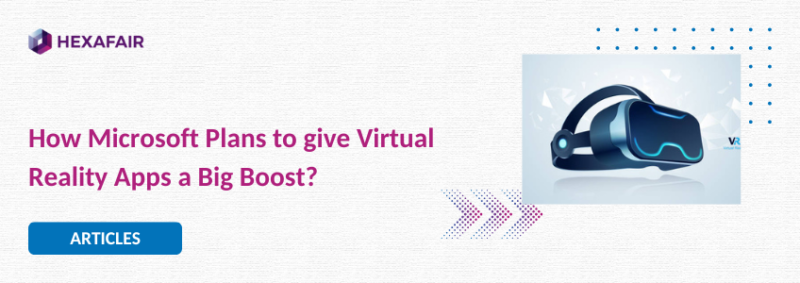The market for virtual and augmented reality products has developed slower than expected, but Microsoft is seeking to accelerate the sector by making it much easier for people to connect from different locations and with different kinds of devices.
The ultimate goal of the new effort, dubbed Microsoft Mesh, is to allow, for example, a person in an office in New York using Facebook’s Oculus VR headset to collaborate with a person in Seattle using Microsoft’s HoloLens 2 glasses. Using Mesh-compatible hardware and software, the two people would be able to see virtual representations of each other appearing in their offices, talking and moving in real time as if they were present. And both would be able to see a common view of virtual charts or digital objects projected before them that they could change or manipulate.
At least that’s the vision that Microsoft demonstrated for the first time in public at its Ignite conference on Tuesday. Ultimately, Mesh could connect users on a variety of VR gadgets, PC and Mac computers, and smartphones.
But getting all the various hardware makers to agree to use Microsoft’s standards may not be as easy as the company hopes. And while Microsoft’s HoloLens and popular collaboration software like Teams and Office will be compatible with Mesh, other software developers may be wary of depending on the company for such critical functionality.
“This has been the dream for mixed reality, the idea from the very beginning,” Alex Kipman, a Microsoft technical fellow working on the project, explained at the demonstration. “You can actually feel like you’re in the same place with someone sharing content. Or you can teleport from different mixed reality devices and be present with people even when you’re not physically together.”
The Mesh system could also be useful for gamers. John Hanke, CEO of Niantic, the developer behind Pokémon Go, demonstrated on Tuesday how the game might work, with players standing in different places all seeing the same Pokémon characters. “We want to bring everyone into the same ‘room’ so they can bounce things off each other and have that human connection,” Hanke explained.
Source:
Read The Entire article here at check the source page


